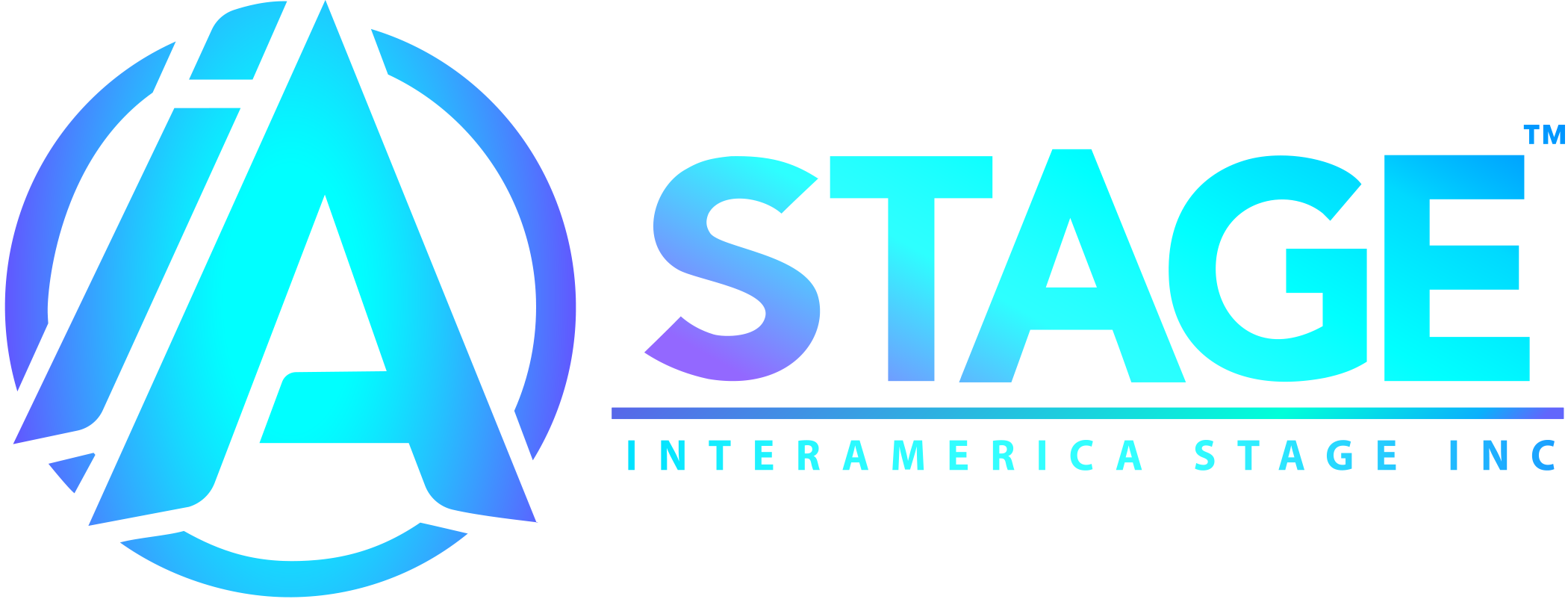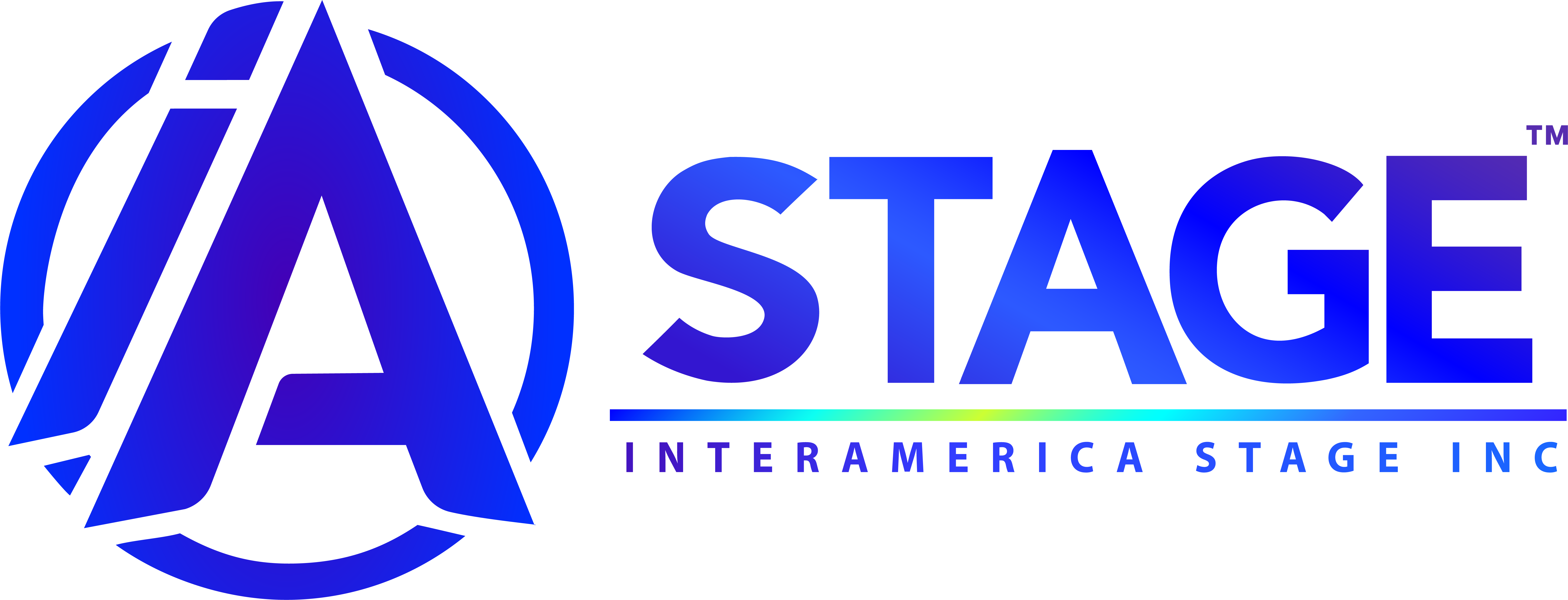Making Connections in Toronto

Mark got back from IAVM’s VenueConnect in Toronto yesterday. By all reports, the show went very well. Because Mark was scheduled to host two Arena Rigging BootCamp Sessions about Body Mechanics and Overhead Rigging in the afternoon of the first day of the conference, longtime friend and colleague, Harlan Lipschutz, went up north with him to lend a hand. (Thanks, Harlan!)


Both BootCamp sessions were held at the Scotiabank Arena (formerly the Air Canada Centre). Here’s a shot of the room Mark presented in followed by a photo of Scotiabank Arena’s high steel.


That last photo is my perfect segue to include a little bit from Mark’s sessions in this post. While Body Mechanics and Overhead Rigging is not your typical bar talk, it is a subject that deserves some time and attention. That’s why I’m going to talk about body mechanics a little bit in each of the my next four blog posts!
Well known fact: The best way to stay healthy is to take every precaution to prevent injuries or accidents. OSHA state very clearly that the first and best strategy for hazard prevention is to control the hazard at its source. Makes sense. How do you do that, exactly? First, you have to identify the known and potential hazards of the job at hand. Falling comes to mind pretty quickly when we’re talking overhead rigging. But how else do riggers get hurt? What about the more mundane injuries, the ones we tend to ignore because, you know – stop-complaining-and-work-through-it? Ignoring the signals our bodies send us is a sure-fire way to turn a temporary injury into a chronic issue or a disability.
I reached out to a bunch of riggers to find out what and where their typical on-the-job injuries were. Injuries of the back, shoulders, and neck were among the top responses. Several folks also called out painful knees, elbows, and hands. Many cited injuries that, while they didn’t occur when rigging, specifically, certainly affected how they performed required rigging duties. (Think ankles and feet.) Folks called out all sorts of pain – burning muscles, electric twinges in their wrists and elbows, limbs/muscles weakening or giving out, stabbing pain in their backs or in their joints, hands going numb…
Turns out that using proper body mechanics is a simple, easy, and effective way to prevent and/or mitigate the aches and pains that can lead to injury. “Body mechanics” might sound complicated, but it’s not. It’s a term used to describe the ways that the body moves and maintains balance while making the most efficient use of all its parts. Information about this stuff is easily accessible and easy to implement. That’s why I think a lot of folks tend to dismiss how important it is.
There are four areas of body mechanics that I will cover in the next four blog posts: Posture, Base of Support, Muscle Groups, and Lifting Technique. (And yes, every one of those applies to overhead rigging.) Check back in next Friday and I’ll tell you how.

